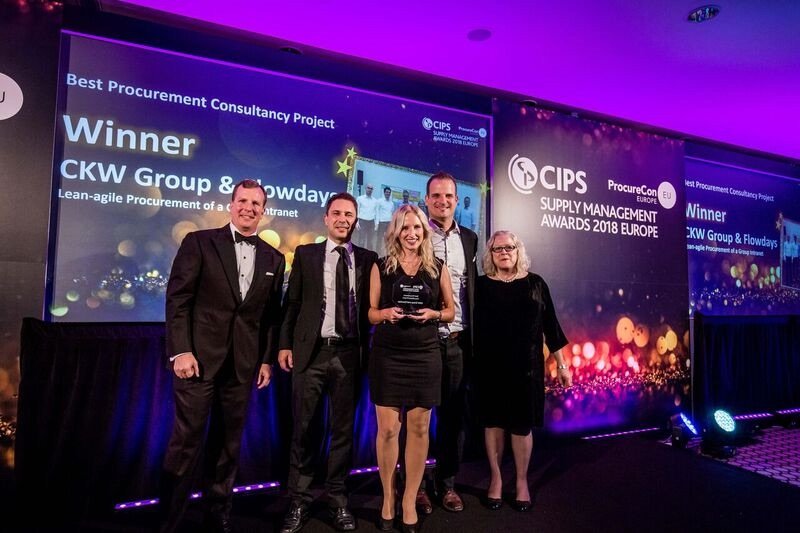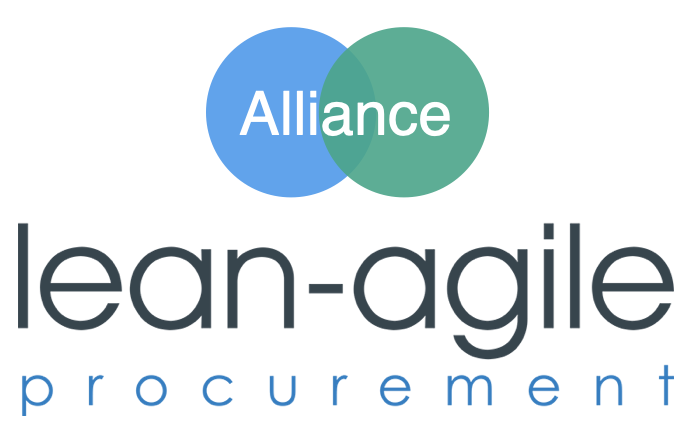
Lean-Agile Procurement
A Framework or a new Mindset?
Why Lean-Agile Procurement
Volatile, uncertain and often unpredictable Market conditions demanded unprecedented levels of adaptability within and between organizations. Lean-Agile Procurement (LAP) provides it and is the first Approach, that combines Agile Values & Principles to take strategic Sourcing to a new Level.
LAP seeks to overcome the following key challenges in strategic sourcing:
Misalignment / misunderstanding (internally and externally) due to focus on paperwork and documentation
Transactional nature of Rfx including hand-offs between departments where often different people are responsible for sourcing than those for delivery
Complexity/unknowns where requirements are more hypothetical, and often change. Subject matter experts need to be involved as procurement can't make the assumption to know of the details up front and understand it all anymore, e.g. on issues like ESG, AI
Long lead times, which in turn lead to expensive and time consuming change requests in delivery, because the world has changed in the interim.
Value Proposition
of LAP
For complex business cases that require external support, services, or products LAP offers a collaborative approach to select & deliver better outcomes faster together
A Framework or a new Mindset?
The thing about complexity and uncertainty is that there's no one approach or framework that fits all. Every sourcing case is different, every company is different, the circumstances and context are different, ...
7 years ago we asked the simple, but powerful question: “What if we would have just 1 day to select a new strategic partner?”. This was the germination point for LAP. The whole movement was born and it's about to become the global standard. Back then we talked about LAP as a new approach, later when people asked us "where are the checklists?", we called it more of a framework. Today, we are convinced that LAP is a new way of thinking about procurement and how we collaborate across-company!
Image Source: Dundine City Council, Winning Team icl. Partner
Typical Results reported by Organizations using LAP
100-800%
Improved Time-to-Market
50%
80%
of usual Effort
Risk Reduction
9/10
Recommendation Rate
How does LAP deliver Value to the Market?
The visualization to the right may help you understand how LAP delivers value to the market/customer. At its core is the cross-functional Agile delivery team, that's also responsible for sourcing. Depending on the strategic sourcing case, the skills on the team may vary, but the business owner is always leading the team and procurement is a team member that facilitates through the 7-8 sourcing steps. In our experience, the mere fact of having all the skills in place improves time-to-market by 100%! - Using LAP with Scrum as the operating model for the team has shown to improve time-to-market by up to 800%!
Generally speaking LAP is not prescriptive. It is not a step-by-step specific process or framework, rather it’s more about how to apply good practice to recognize patterns, and how to overcome the most common challenges in strategic sourcing cases.
Those patterns are summarized in 5 iterative topics (some might call them „steps“).
The 5 iterative patterns / “Steps” in LAP
Initialization
(1)
The Initialization serves as the foundation for establishing a successful partnership. It involves assembling the cross-functional team, aligning stakeholders, and establishing a shared vision, setting the stage for an adaptive and collaborative procurement. Vision in the sense of the product/service we are going to develop/improve/launch together with our partner.
Preparation
(2)
The Preparation is all about getting ready to meet the shortlisted vendors to co-create their proposals, etc. Sometimes just an hour is needed, sometimes several days or even weeks. Here the team is applying the traditional 7-8 sourcing steps.
Execution / Big Room Workshop (3)
The Execution initiated through a collaborative event called the Big Room Workshop forms the heart of Lean-Agile Procurement. The Big Room Workshop brings the cross-functional team, stakeholder, end-user/-customer from the buyer together with the vendor/partners to co-create their proposals, negotiate a contract, etc.
Peer-feedback/-decision (3)
Peer feedback and decision-making constitute a pivotal aspect of Lean-Agile Procurement, embodying the collaborative spirit of agility. In this approach, decisions are made collectively, drawing upon the insights and expertise of the cross-functional team, all key stakeholders and vendors.
More details about each LAP Pattern
Learn more about each LAP Pattern via our blog, the official Book, our LAP Alliance Whitepaper co-published with the Chartered Institute for Procurement & Supply (CIPS) in the Member Area, or sign up for our next Certified LAP Practitioner Course.
Explore the Benefits of the different LAP Alliance Community Memberships
.. or sign up / Login to the ..
The Premium Community Membership grants access to advanced Contents such as the official Book, Downloads and Community Events. Everytime you take one of our Certification Courses the Premium Membership is prolonged by another year.
Membership Content
To get access to this membership contents we need your contact details. Therefor register for a Basic Community Membership while checkout or sign up for our Premium Membership and get access to all our contents.
The registration is FREE of charge.
LAP is NO silver Bullet!
Just to be clear, the LAP is NOT intended to replace the Rfx. It's a new complementary tool in your procurement toolbox for complex and particularly strategic sourcing cases, while the Rfx remains the right tool for commodity, and complicated sourcing cases, where subject matter experts can answer the few unknowns.






